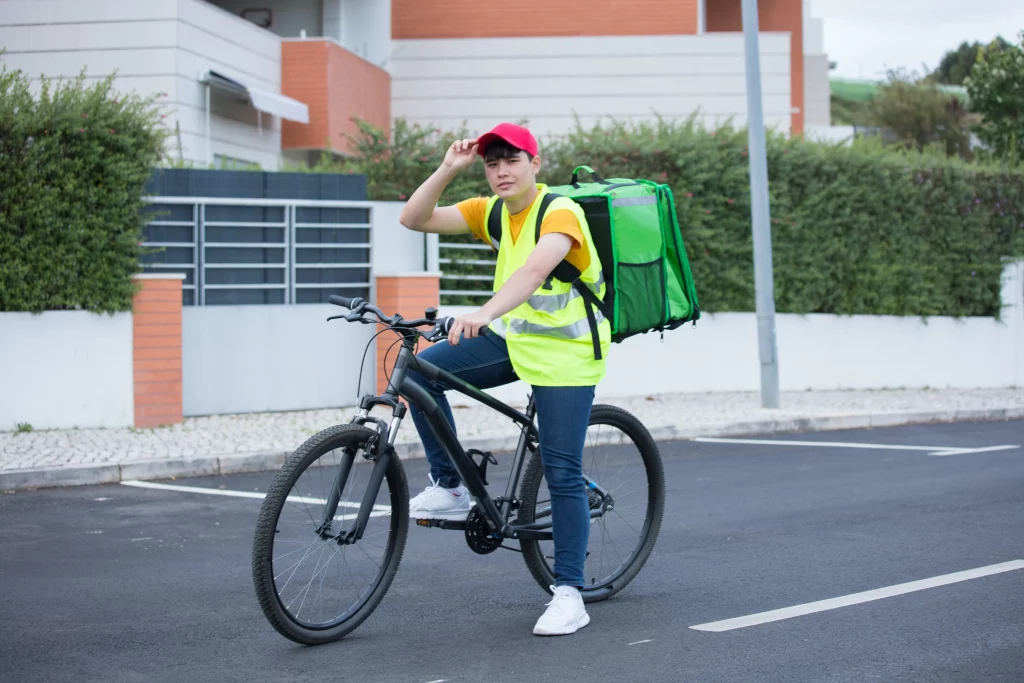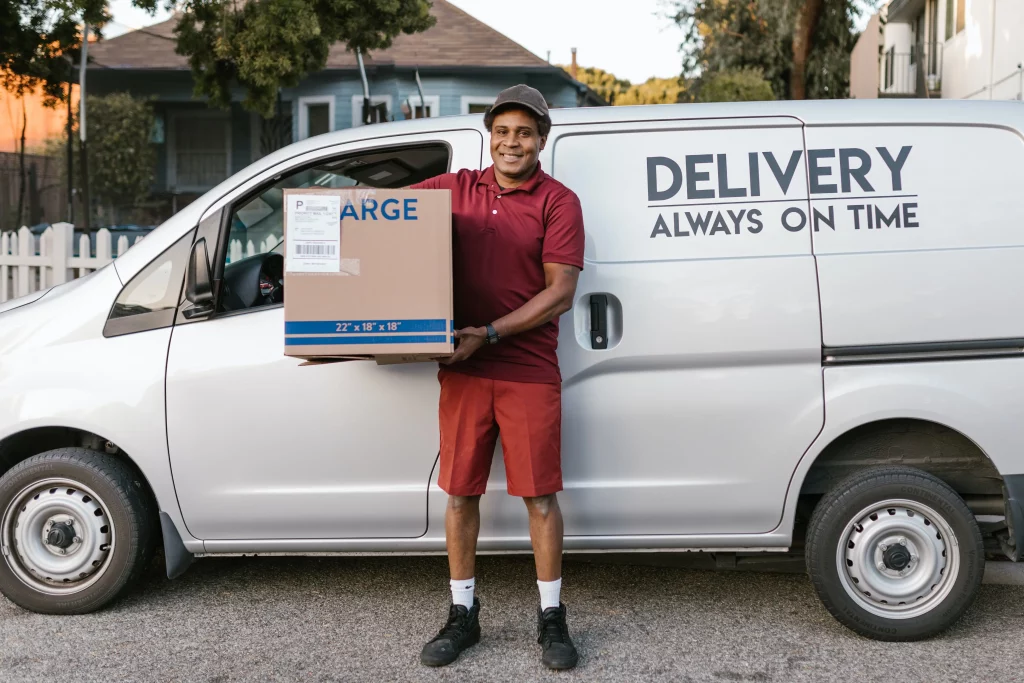The last mile is the most important portion of a distribution chain. When well optimized, it offers the customer better delivery conditions and meets his expectations. However, prior to this, last-mile delivery weighs heavily on companies. Supply chain managers are therefore faced with a major challenge. They have to find more efficient ways to manage last mile logistics. And this is not an easy task! Let’s discover the challenges and solutions surrounding the last mile.
The environmental and economic challenges associated with last-mile delivery
As its name implies, the last mile represents the last link in the distribution chain. The parcel leaves large volume transport in order to be delivered to the final consumer. This seemingly innocuous procedure imposes two major challenges on companies.
Exponentially increasing unit costs
With high-volume transport, companies achieve considerable economies of scale. It’s the exact opposite with last mile logistics. In fact, for each parcel, a specific delivery method must be arranged. As a result, the unit costs of the parcels increase progressively as the order gets closer to the final consumer.

(Source: Nataliya Vaitkevich /8939564 pexels.com)
Last mile costs are a major issue for companies. This part of the supply chain alone represents on average 20% of the overall cost of parcel transport. The price involved is much higher if the distance the parcel has to travel to be delivered is greater.
A significant environmental footprint
Managing the exorbitant unit costs is not the only challenge associated with urban logistics. The environmental aspect must also be considered. According to a study conducted in Paris, one out of every five vehicles is used to transport goods. As a result, parcel delivery is responsible for approximately 25% of all greenhouse gas emissions.
It is therefore not enough to reduce unit costs. Logistics coordinators must also find more environmentally friendly urban delivery solutions. This is quite a challenge, especially since online commerce has been growing exponentially in recent years.

(Source: Kampus Production /8931720 pexels.com)
The solutions that have been implemented to meet these challenges
To mitigate the negative externalities generated by the last mile, experts in urban logistics know more or less what tools to use. They have found some innovative solutions that are beneficial to businesses, consumers and the environment. Among these solutions, we can find the following:
- Pooling deliveries. This means using the same vehicle to provide services to different shippers in the same delivery area;
- The use of green delivery vehicles. This involves preferring cleaner and quieter vehicles to deliver to customers. These new delivery methods are currently being tested;
- An intensive use of technology, especially to plan trips or even deliver. The delivery drones used by Amazon or DHL are an eloquent example;
- Automatic pick-up points;
- Click and Collect.
Managing urban last mile logistics is a strategic pillar that will make the supply chain more dynamic while also bringing benefits to businesses. It is likely that the year 2022 will be marked by the multiplication of initiatives targeting this issue.

